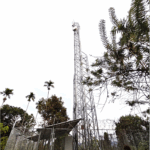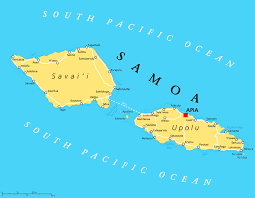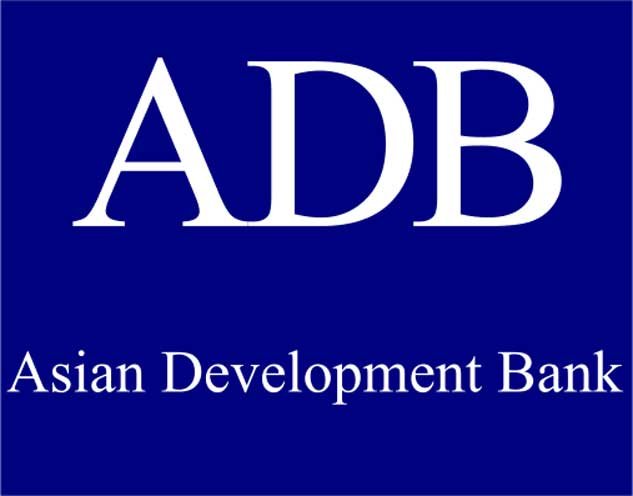ANOTHER edition on coronary heart disease with Dr Xiaoyun SI, China Medical Team in NRH of Solomon Islands.
Dear friends, in the last issue we explained the risk factors associated with coronary heart disease. In this issue, we would like to talk about the pathogenesis, typology, and clinical symptoms of coronary heart disease so that we can better understand and recognize them in our daily lives.
The full name of coronary heart disease is “coronary artery atherosclerotic heart disease”, which refers to atherosclerosis in the blood vessels supplying the heart (coronary arteries), followed by narrowing of the coronary arteries, resulting in ischemia and hypoxia of the heart etc. Atherosclerosis is a condition in which the walls of the arteries are covered with a layer of lipids that looks like rice porridge, causing the arteries to become less elastic and the lumen to narrow. Over time, atherosclerotic plaque accumulates on the lining of the coronary arteries, just as water pipes are narrowed and blocked by the scale that accumulates over the years, which is narrowing or even occluding the coronary arteries. It is resulting in reduced blood flow to the heart muscle, insufficient oxygen supply and the heart not working properly. When the lumen of the coronary artery is narrowed by ≥50%, it can be called coronary heart disease.
Coronary heart disease can be broadly classified into the following types.
- Angina: This is a condition in which myocardial ischemia and hypoxia cause episodes of tightness and pain in the precordial region (an area of the body over the heart and lower chest). This condition most often happened during heavy physical activity or physical exercise, or during emotional stress. The discomfort will relieve after taking a rest or relieved. In this case, it is necessary to see a doctor and to take antiplatelet medication regularly as prescribed by the doctor, as well as to control blood sugar, blood pressure and blood lipid levels.
- Myocardial infarction: This type of coronary heart disease is because of atherosclerotic stenosis of the coronary arteries and the rupture of a plaque in the vessel wall, resulting in an acute blockage of the coronary arteries to acute myocardial necrosis. This is often accompanied by severe chest tightness, chest pain, sometimes with radiating pain in the left shoulder and arm, back or neck, profuse sweating, or even a feeling of dying. In this case, it is urgently needed to call an ambulance or have a family member escort you to the hospital in time. The shorter the time between the onset and the arrival at the hospital, the better the effect of getting treated. If you arrive at the hospital within 3 hours and are treated with a thrombolytic agent in time, the rate of opening the occluded blood vessel is very high. Therefore, I strongly suggest that you, especially elderly people with diabetes and hypertension, go to the hospital if the chest pain persists for more than 30 minutes without relief within the best treatment time.
- Sudden death: This type of patient presents with collapse, muscle twitching of the limbs, incontinence of urine, or sudden onset of respiratory distress, foaming at the mouth and profuse sweating. In this very critical situation, the first thing is to administer first aid on the spot, perform Cardiopulmonary resuscitation (CPR), maintain basic maintenance of the heartbeat and breathing, and at the same time call the emergency services for help.
I will share will with you more about coronary heart disease in the next issue. Stay tuned!













